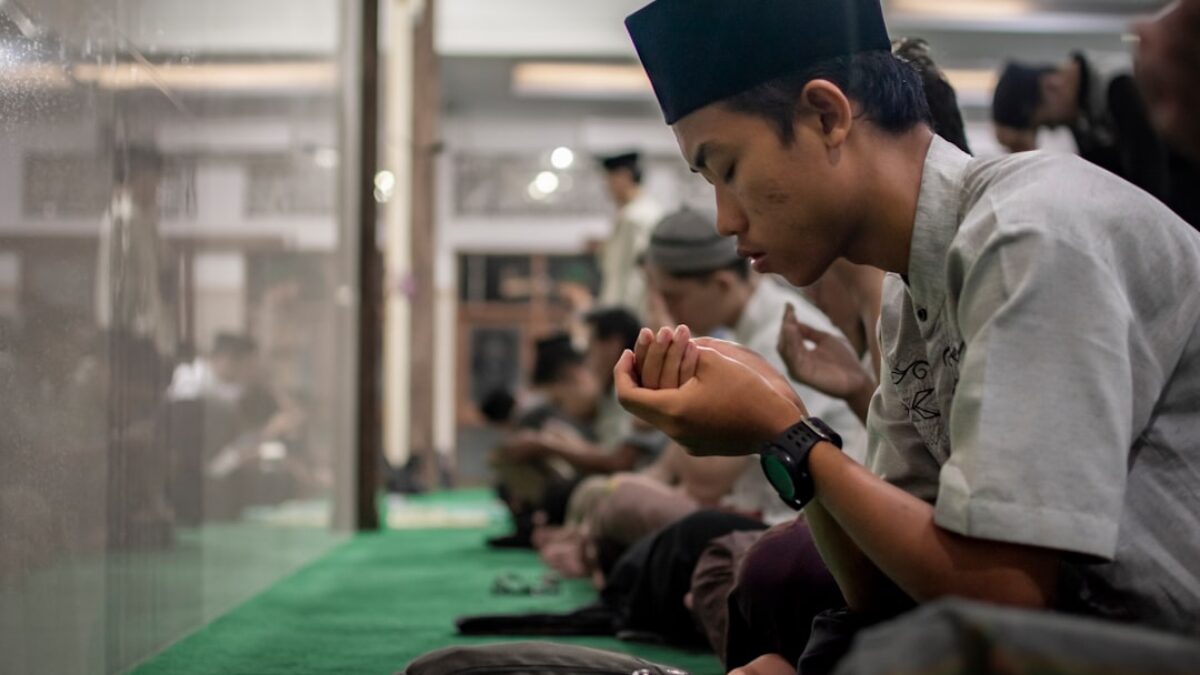Prayer is the heartbeat of a Muslim’s daily life, and the five daily Salah form its rhythmic pulse. For many beginners, however, the idea of learning the postures, Arabic phrases, and spiritual etiquette can feel overwhelming. This guide breaks the process into manageable, step-by-step stages so you can start praying with confidence, accuracy, and sincerity—today.
Understanding Salah: Its Essence and Timing
What Is Salah?
Salah (or ṣalāh) is the formal ritual prayer that Muslims perform five times daily. It is second only to the testimony of faith (shahāda) in the Five Pillars of Islam. Unlike casual supplication (duʿāʾ), Salah follows a fixed structure revealed by Allah to the Prophet Muhammad ﷺ through the Angel Gabriel.
The Five Prescribed Times
Each prayer has a specific window:
- Fajr – from the first light of dawn until sunrise
- Dhuhr – after the sun passes its zenith until mid-afternoon
- ʿAsr – between mid-afternoon and a few minutes before sunset
- Maghrib – immediately after sunset until the red twilight disappears
- ʿIshāʾ – from the end of twilight until midnight (or just before Fajr in some schools)
Many mosques publish timetables; smartphone apps such as Muslim Pro or Prayer Times also give accurate alerts.
Key Components of Salah
Spiritual Prerequisites
- Intention (niyyah): A conscious decision in the heart to perform the specific prayer.
- State of ritual purity (wuḍūʾ): Ablution that cleanses minor impurities.
- Clean body, clothes, and place: Any physical impurity must be removed.
- Covering ʿawrah: Men must cover navel to knees; women must cover everything except face, hands (and sometimes feet).
Physical Pillars (Arkā) of Each Rakʿah
Every unit (rakʿah) includes:
- Standing (qiyām) with Fātiḥah recitation
- Bowing (rukūʿ)
- Standing up from rukūʿ (iʿtidāl)
- First prostration (sajdah)
- Sitting between two prostrations (jalsah)
- Second prostration
The final rakʿah adds sitting for tashahhud and salām.
Essential Recitations in Arabic
Beginners are not required to master entire chapters overnight. Start small, perfect accuracy, then expand:
- Al-Fātiḥah (Chapter 1)
- Tasbīḥ of rukūʿ: Subḥāna Rabbiya-l-ʿAẓīm (three times)
- Tasbīḥ of sujūd: Subḥāna Rabbiya-l-Aʿlā (three times)
- Tashahhud and salutations on the Prophet ﷺ
- Salām: As-salāmu ʿalaykum wa raḥmatullāh (twice)
Benefits and Importance
Spiritual Rewards
The Prophet ﷺ said, “The first matter that the servant will be brought to account for on the Day of Judgment is prayer. If it is sound, all his deeds will be sound.” (Tirmidhī)
Psychological and Physical Well-being
- Mindfulness: Repeated cycles of bowing and prostration create a meditative rhythm.
- Discipline: Fixed times foster punctuality and time-management skills.
- Posture therapy: Studies show that regular sujūd increases blood flow to the brain and decompresses the spine.
- Community bonding: Congregational prayers reduce feelings of isolation.
Practical Applications: A Beginner’s Step-by-Step Guide
Step 1: Learn the Ablution (Wuḍūʾ)
- Intention: Silently say, “I intend to perform ablution.”
- Wash hands up to the wrists three times.
- Rinse mouth and sniff water into nostrils three times.
- Wash face from hairline to chin and ear to ear three times.
- Wash arms up to and including elbows (right then left) three times.
- Wipe head: Wet fingers pass from front hairline to nape and back.
- Wipe ears: Use index fingers inside and thumbs outside.
- Wash feet up to and including ankles (right then left) three times.
Recite the duʿāʾ after wuḍūʾ: Allāhummaj ʿalnī mina-t-tawwābīna waj-ʿalnī minal-mutaṭahhirī.
Step 2: Find the Qiblah and Dress Appropriately
- Use a compass app or the mosque’s minaret to face Kaʿbah in Makkah.
- Wear loose, clean garments; avoid transparent or tight clothing.
Step 3: Make the Intention (Niyyah)
Say in your heart: “I intend to perform two rakʿahs of Fajr (or whichever prayer) facing the Kaʿbah for Allah alone.” No tongue movement is required.
Step 4: Perform the Prayer
Opening Takbīr
Raise hands to shoulder or ear level, palms forward, and say:
Allāhu Akbar
Standing (Qiyām)
- Place right hand over left on the chest or navel (schools differ).
- Recite Subḥānaka silently, then al-Fātiḥah.
- Add a short sūrah or three short verses in the first two rakʿahs.
Bowing (Rukūʿ)
- Say Allāhu Akbar while bending at the waist, back horizontal.
- Grasp knees, keep head aligned with back.
- Recite: Subḥāna Rabbiya-l-ʿAẓīm (three, five or seven times).
Standing Up from Rukūʿ (Iʿtidāl)
Rise and say: Samiʿa Allāhu liman ḥamidah (Allah hears whoever praises Him). Then: Rabbanā wa laka-l-ḥamd.
First Prostration (Sujūd)
- Go down knees first, then hands, then nose, then forehead.
- Seven body parts must touch the ground: forehead, nose, two palms, two knees, and toes.
- Recite: Subḥāna Rabbiya-l-Aʿlā three times.
Sitting Between Prostrations (Jalsah)
Sit upright, palms on thighs, and say: Rabbi-ghfir lī (O Lord, forgive me).
Second Prostration
Repeat as above.
Second Rakʿah
Stand up saying Allāhu Akbar. Recite al-Fātiḥah again and a short sūrah. Complete the cycle of bowing and prostration.
Step 5: Final Sitting (Tashahhud)
In the last rakʿah, after the second sujūd, sit and recite:
At-taḥiyyātu lillāhi wa-s-salawātu wa-ṭ-ṭayyibātu… Allāhumma ṣalli ʿalā Muḥammadin…
End with salām: turn the head right and say As-salāmu ʿalaykum wa raḥmatullāh, then left and repeat.
Step 6: Memorization Plan for Beginners
| Week | Arabic Focus | Practice Routine |
|---|---|---|
| 1 | Al-Fātiḥah only | Listen to audio 5× daily, recite after each |
| 2 | Tashahhud + Salām | Stand in front of mirror, recite slowly 10× |
| 3 | Short sūrah (e.g., Al-Ikhlāṣ) | Break into 3 lines, recite each 15× |
| 4 | All tasbīḥ phrases | Use flash-cards during commute |
Real-Life Example: Sarah’s 14-Day Journey
Sarah, a new Muslim in Canada, started with zero Arabic. She followed this plan:
- Day 1–2: Watched a 3-minute video on wuḍūʾ, practiced in the sink.
- Day 3–4: Downloaded “Salah Starter” app; used transliteration to recite Al-Fātiḥah phonetically.
- Day 5–7: Added bowing and prostration while her phone timer guided posture.
- Day 8–10: Memorized tashahhud in 10-line chunks during lunch breaks.
- Day 11–14: Prayed Dhuhr and ʿAsr at work, using an empty meeting room. Colleagues asked questions; she shared a brochure.
By the end of two weeks, Sarah’s prayers averaged three minutes each—short, heartfelt, and steadily improving.
Frequently Asked Questions
What if I forget a verse or posture?
Pause, recite Subḥānallāh quietly, and move to the next position. After prayer, you may perform two prostrations of forgetfulness (sujūd as-sah
























Post Comment